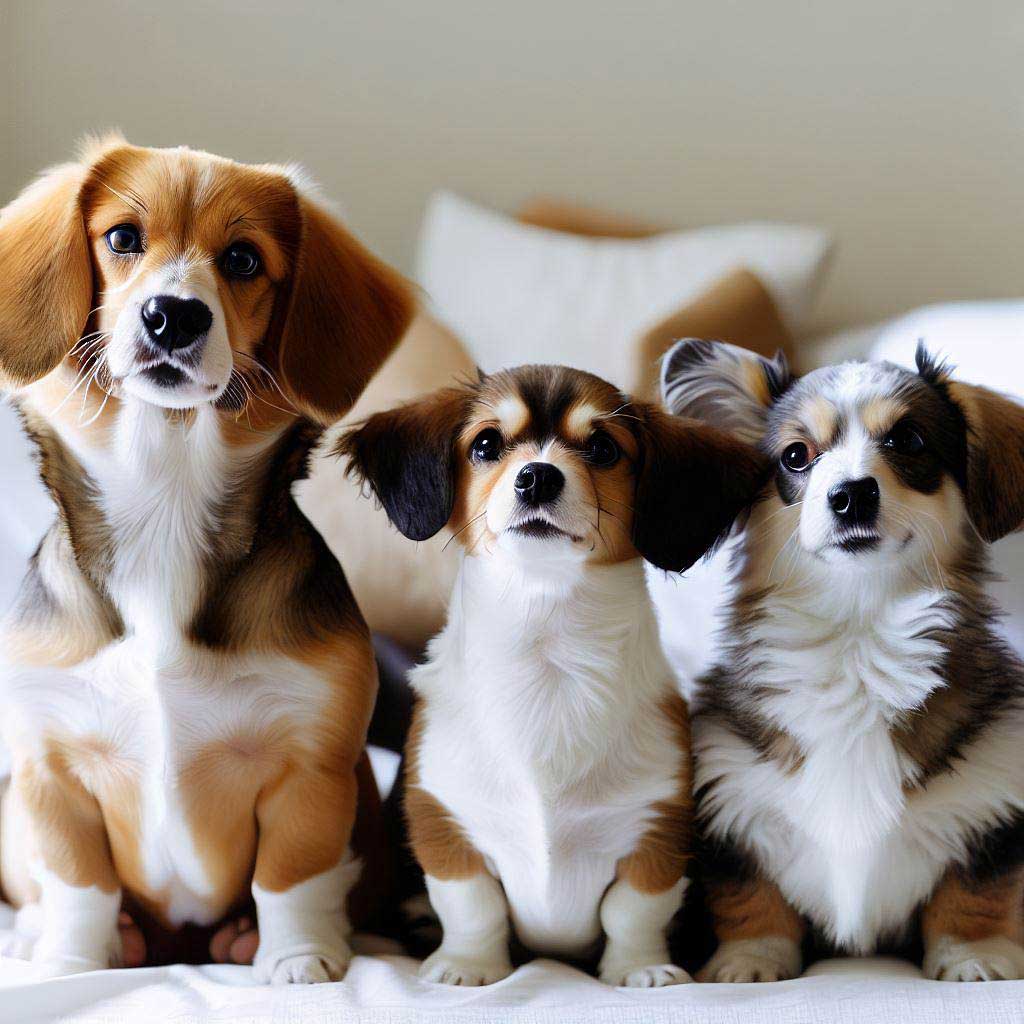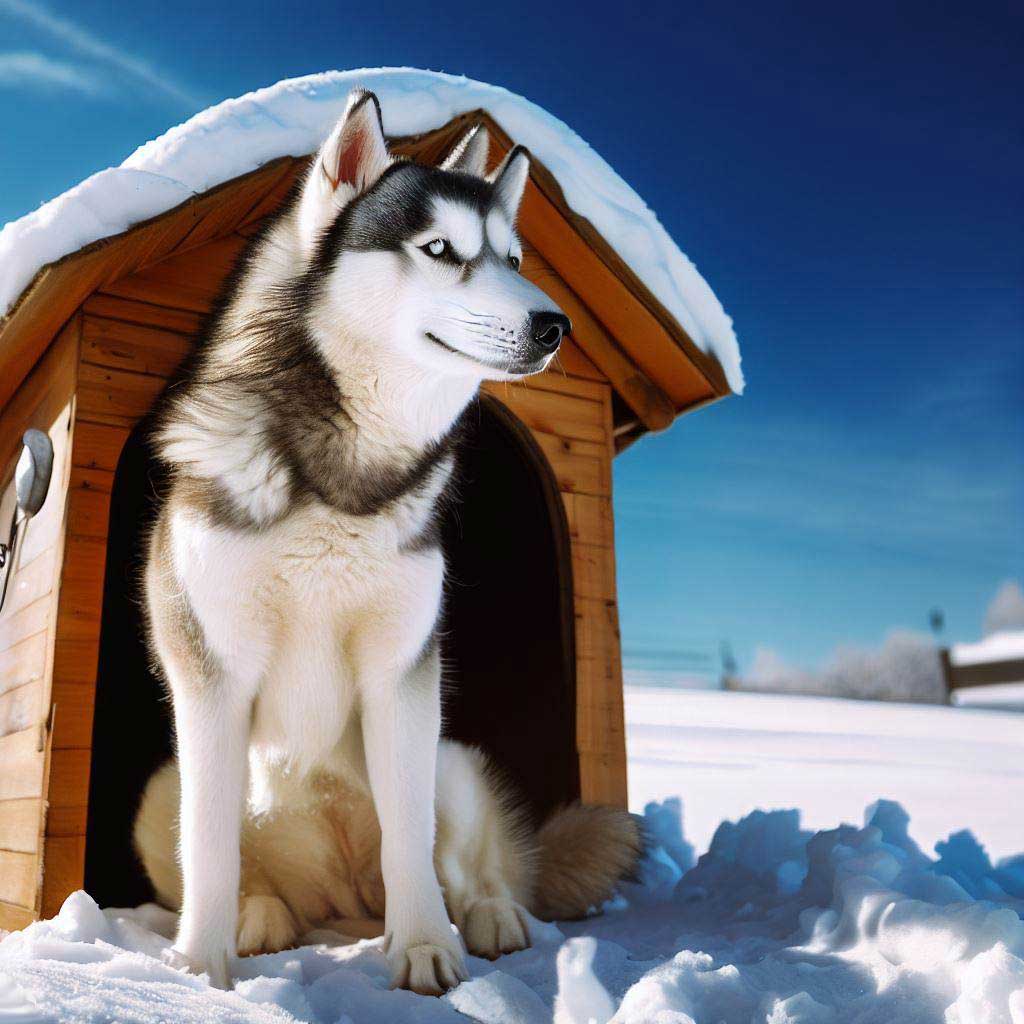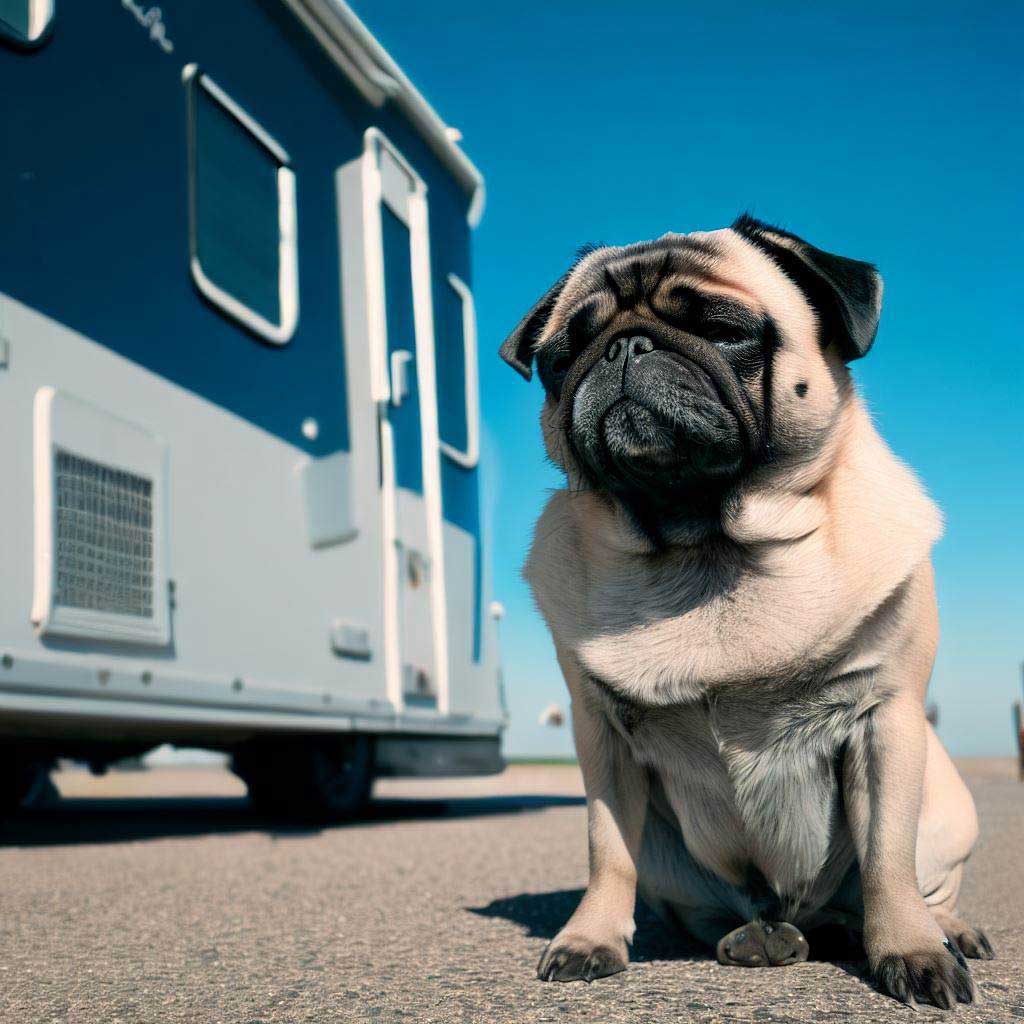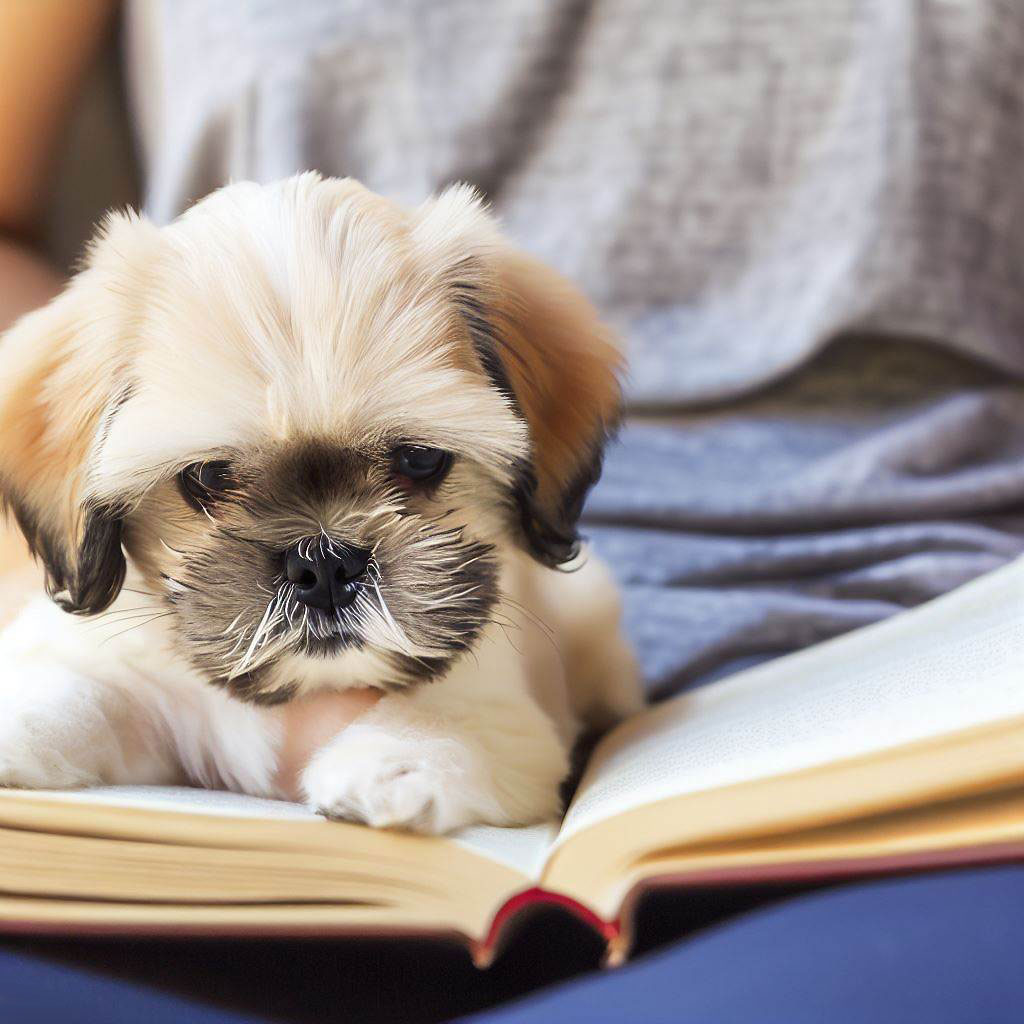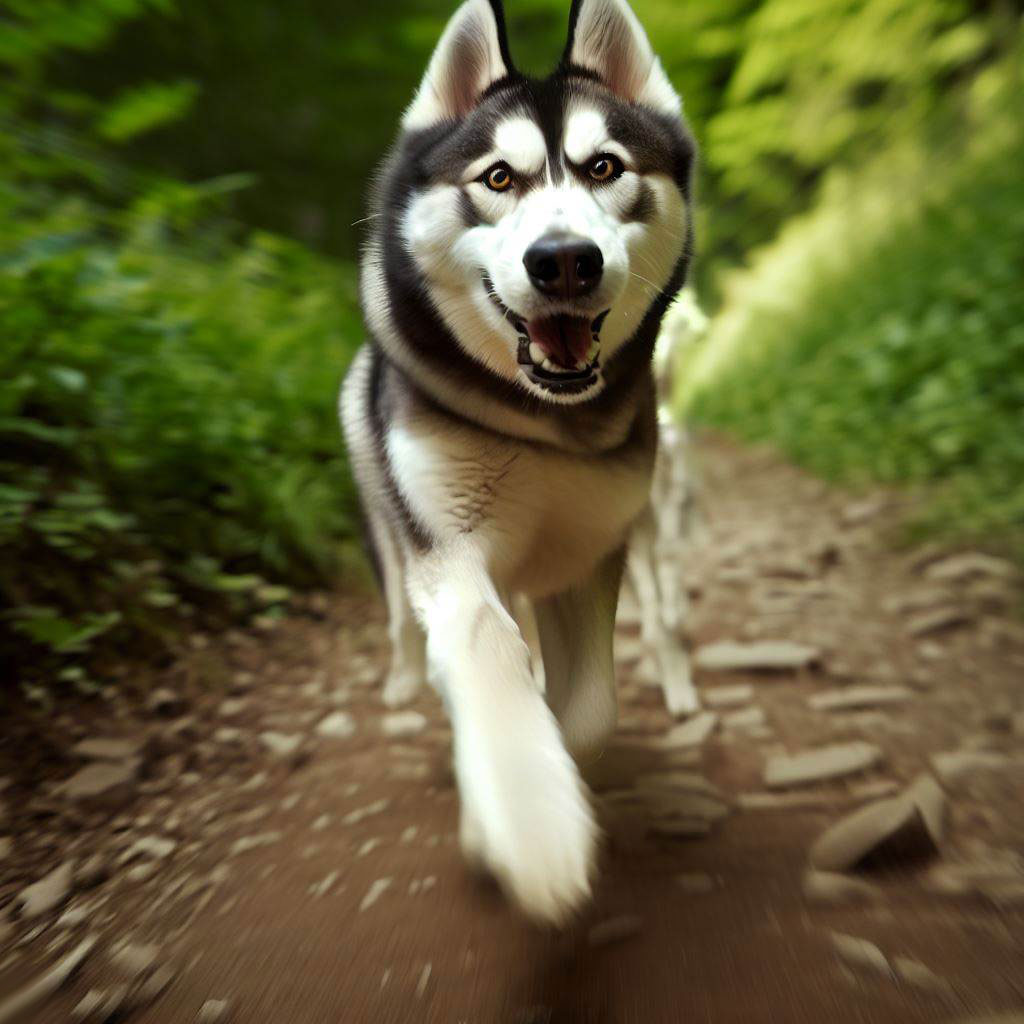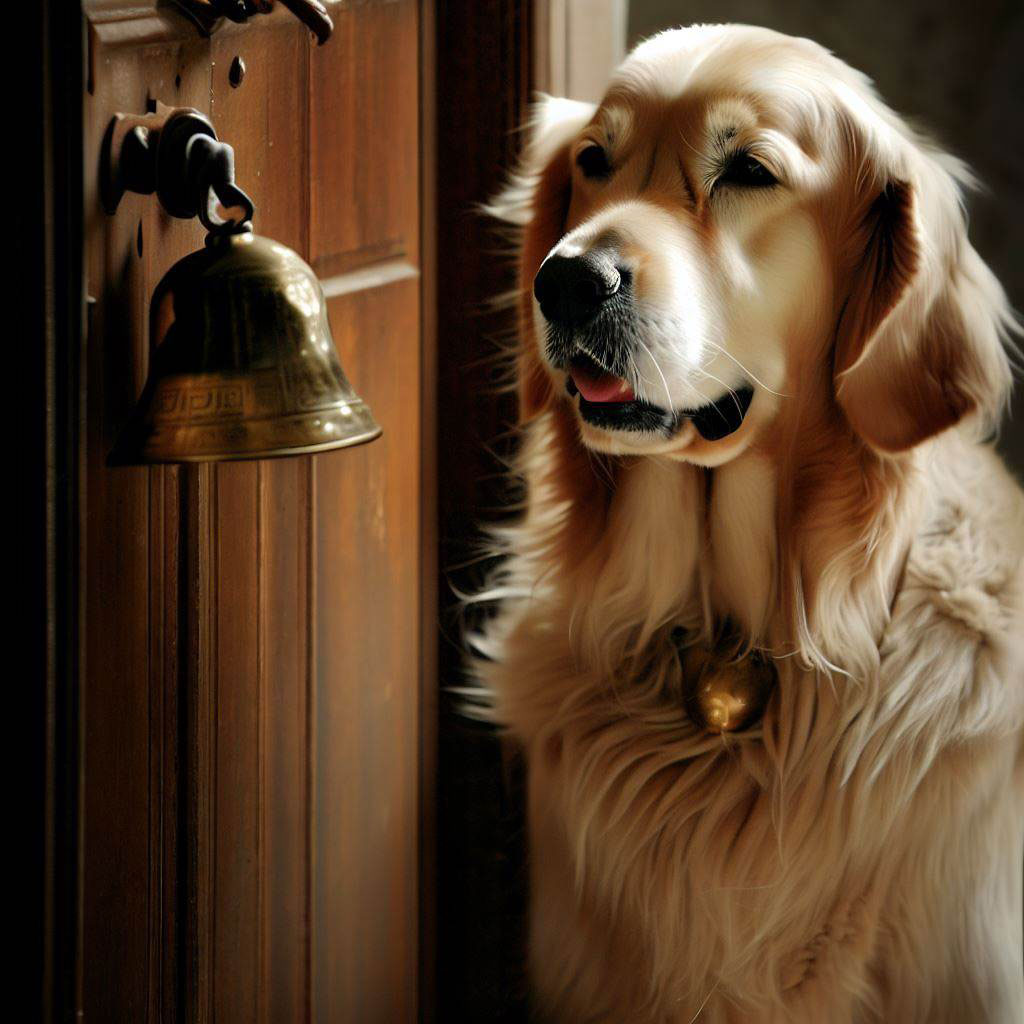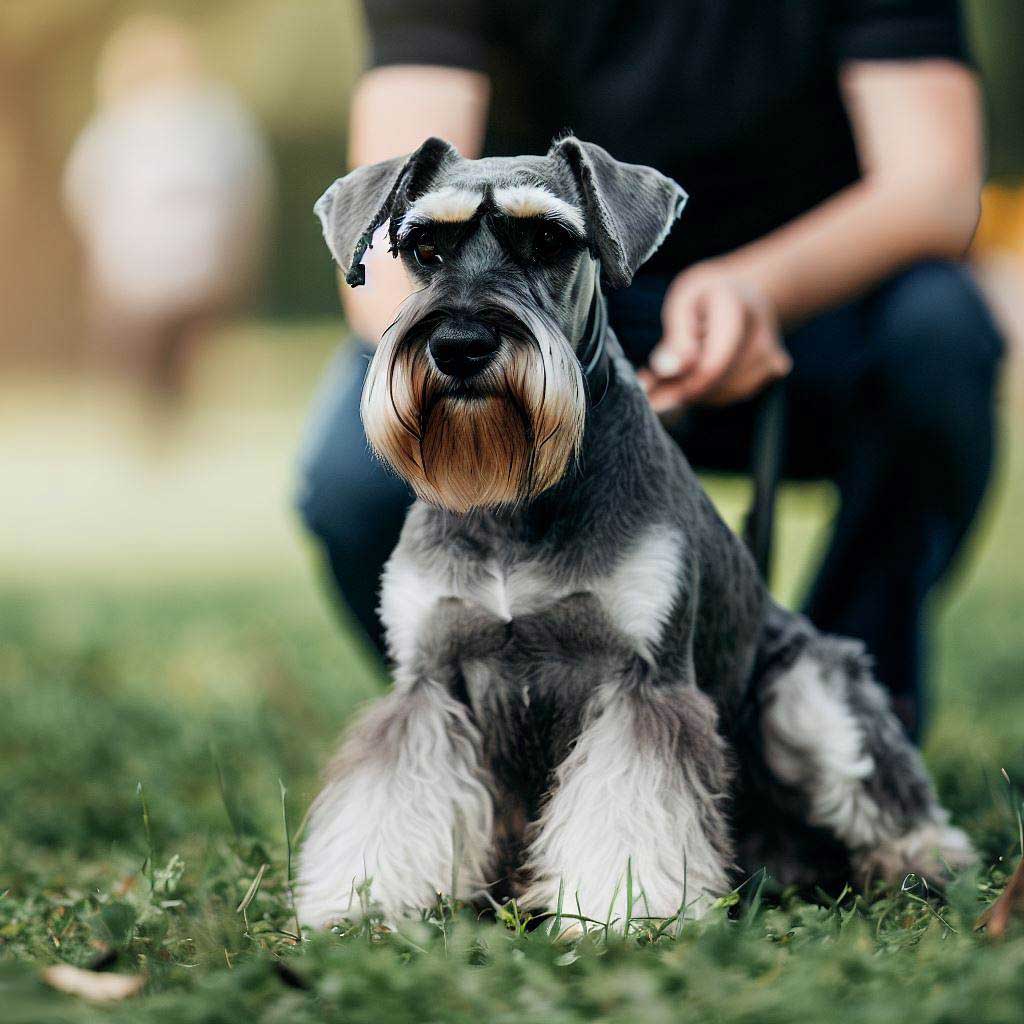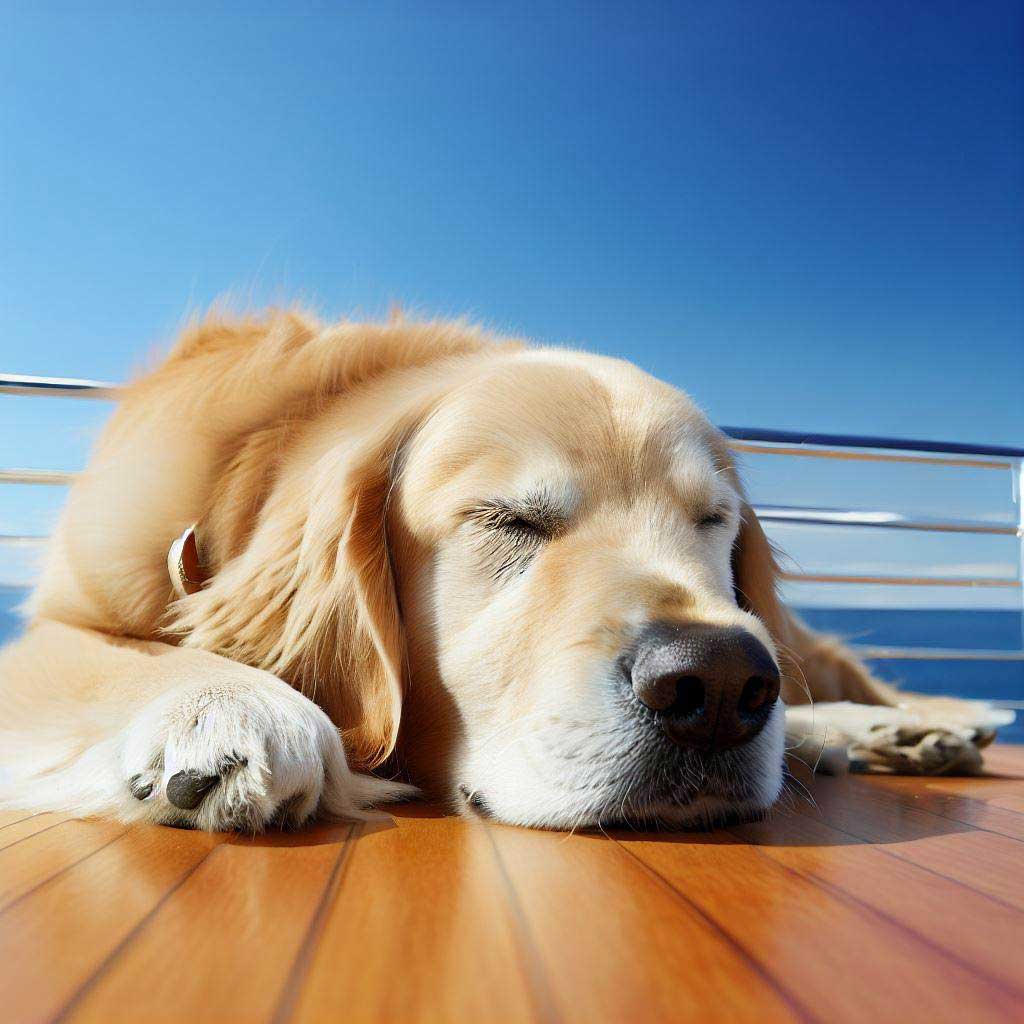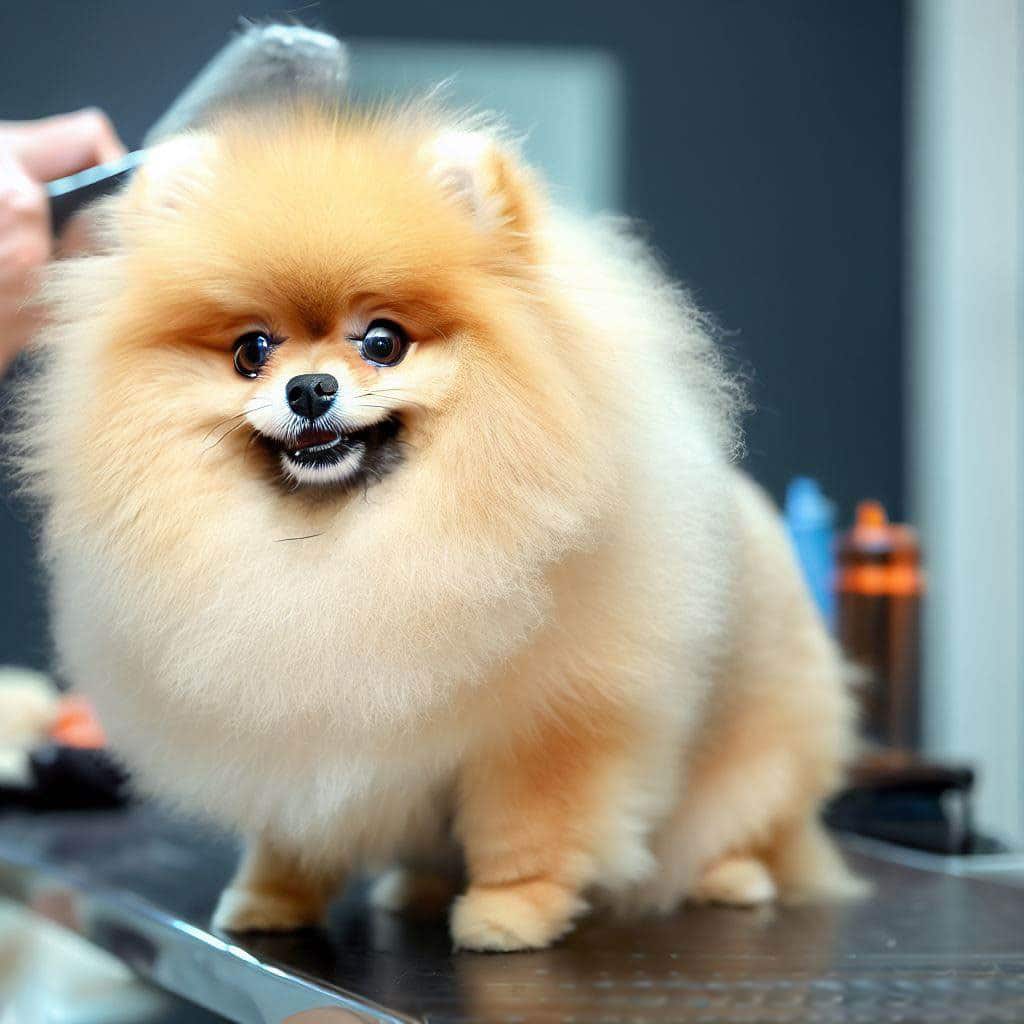Table of Contents
ToggleTransform Puppy Training Challenges into a Dream Pet Experience
Imagine bringing home a fluffy, four-legged bundle of joy—only to find your slippers shredded and your couch turned into a chew toy. You’re not alone, and you’re not out of options. This isn’t just puppyhood; it’s a critical learning period. Having trained countless dogs for the police, military, and loving families, I assure you that mastering how to train a puppy can turn these little challenges into your dream pet experience.
Why should you train your puppy early? For one, untrained dogs can be a safety hazard—to themselves and others. A puppy darting into the street or becoming aggressive can be life-threatening situations. Also, the early weeks of a puppy’s life are when they absorb the most information. Miss out on this golden opportunity, and you’ll be playing catch-up for a long time.
The aim of this article is straightforward yet transformative: To teach you how to train a puppy, effectively and with ease. Through proven techniques and reliable advice, you’ll not only achieve basic obedience but also unlock your dog’s true potential. Say goodbye to frustrating moments and hello to a harmonious relationship with your puppy. Buckle up; this is your one-stop guide to molding a well-behaved, happy, and obedient dog.
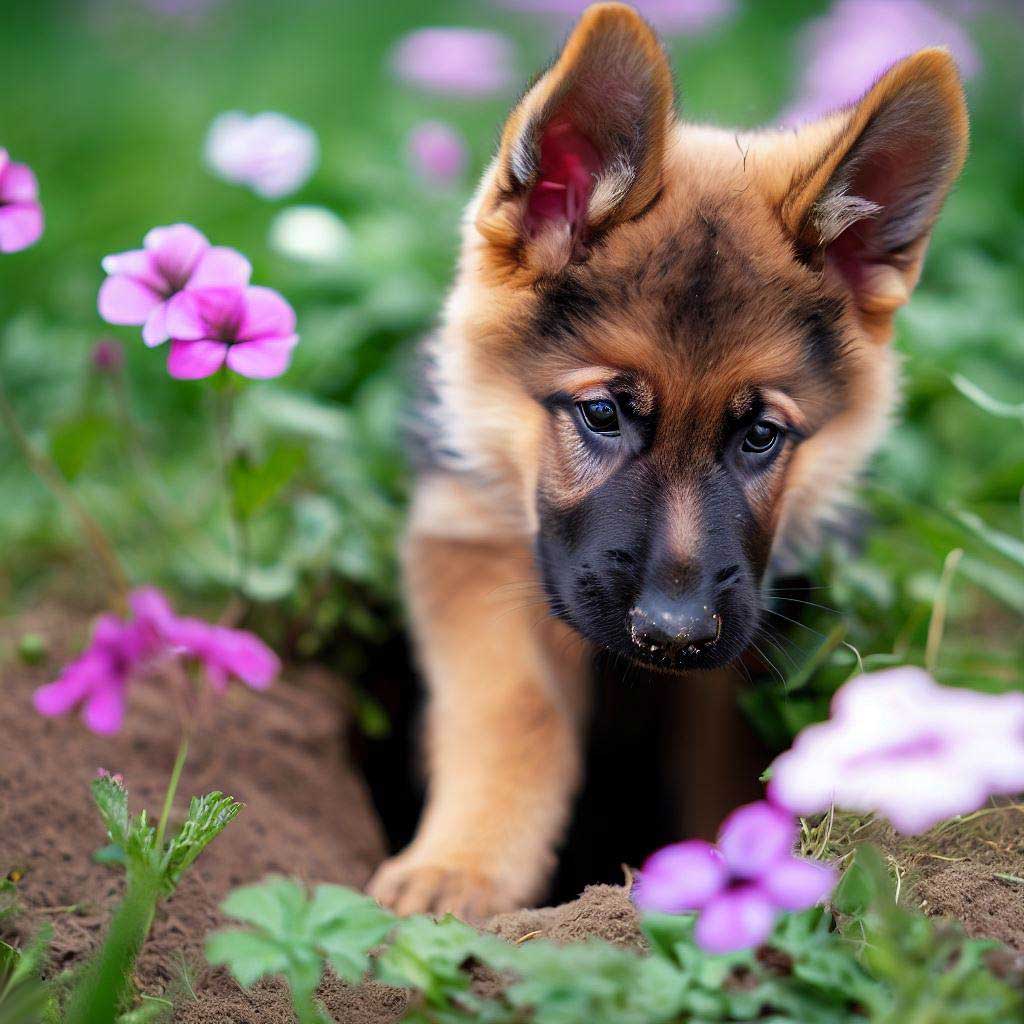
Why Training is Crucial
So, you’ve got this adorable, bouncy pup—now what? You might think those puppy eyes can do no wrong, but oh, how deceiving cuteness can be. The clock is ticking, my friends. Let’s demystify why you absolutely need to know how to train a puppy and why it’s non-negotiable.
Firstly, consider early training as your golden ticket to a well-mannered adult dog. Puppies are neurological sponges; they absorb behaviors faster than you can say “sit!” Train diligently now, and reap the rewards for years. Let it slide, and, well, you could end up with an uncontrollable adult dog. If you think a puppy’s bites are painful, imagine those chompers fully grown. The choice is yours.
But wait, the plot thickens. Training isn’t just about preventing your favorite shoes from becoming chew toys. We’re talking about social benefits that ripple through the dog community and even the human one. Socializing your puppy early on—crucial, by the way—means more enjoyable walks, better behavior at the vet, and a more harmonious household. A well-socialized dog doesn’t just sit prettier; it lives happier.
Safety Concerns
Safety, however, trumps all. Let’s paint a scene. Your puppy is darting toward a busy road; a simple “Come!” should have him turning on a dime. That’s not just convenient—it’s potentially lifesaving. Having trained dogs for specialized roles in the police and military, I can attest that obedience often equals safety. It’s not an exaggeration to say that the right training could save lives, including your pet’s.
So, my message is clear: training is not an option, but a responsibility. It’s not about tricks for treats. It’s about equipping your puppy for a life that’s both fulfilling and long-lasting. Knowing how to train a puppy is, in essence, understanding the language that builds a bridge between two species. Are you ready to be that interpreter?

When to Start Training
Ah, the age-old question—when do you start molding that boisterous puppy into a well-behaved adult dog? You’ll hear a lot of opinions, but let’s cut to the chase: the right timing can make all the difference in how to train a puppy effectively.
Age-appropriate guidelines for puppy training
Believe it or not, training can and should start as soon as you bring your puppy home. Yes, even at 8 weeks old. At this tender age, you’re laying the foundation for basic commands like “sit,” “stay,” and “come.” Don’t expect a Navy SEAL level of discipline; aim for incremental victories. Now, onto the next phase. Around 3-4 months, your puppy will be ready for socialization. Dog parks, here you come! By 5-7 months, focus shifts to fine-tuning and consistency. Think of it as the high school of dog training; they’ve got the basics, now it’s time for advanced courses like leash training.
Don’t get me wrong; older dogs can learn new tricks. But younger dogs learn faster and with more flexibility. Training at an early age sets the stage for a disciplined adult life. Delay, and you’re essentially trying to overwrite ingrained behaviors.
Importance of Timing
Timing in training is about more than age. It’s also about choosing the right moments for instruction. Ever tried teaching a hyper puppy to sit? Good luck! Seize the moments when your pup is receptive. Equally critical is timing your rewards. The treat or praise must come within seconds of the desired action. Otherwise, you’re just rewarding them for whatever they happen to be doing when the treat arrives.
Here’s the kicker. Timing is also about syncing your schedule with your puppy’s needs. Consistency is key. The same person should conduct initial training sessions, at the same times, and in the same environment. If your puppy knows what to expect, they’ll know what to do.
So, how to train a puppy is as much about when as it is about how. Timing and age aren’t just numbers; they’re your game plan, your strategy. Miss the window, and you’re not just behind—you’re playing a whole different game.
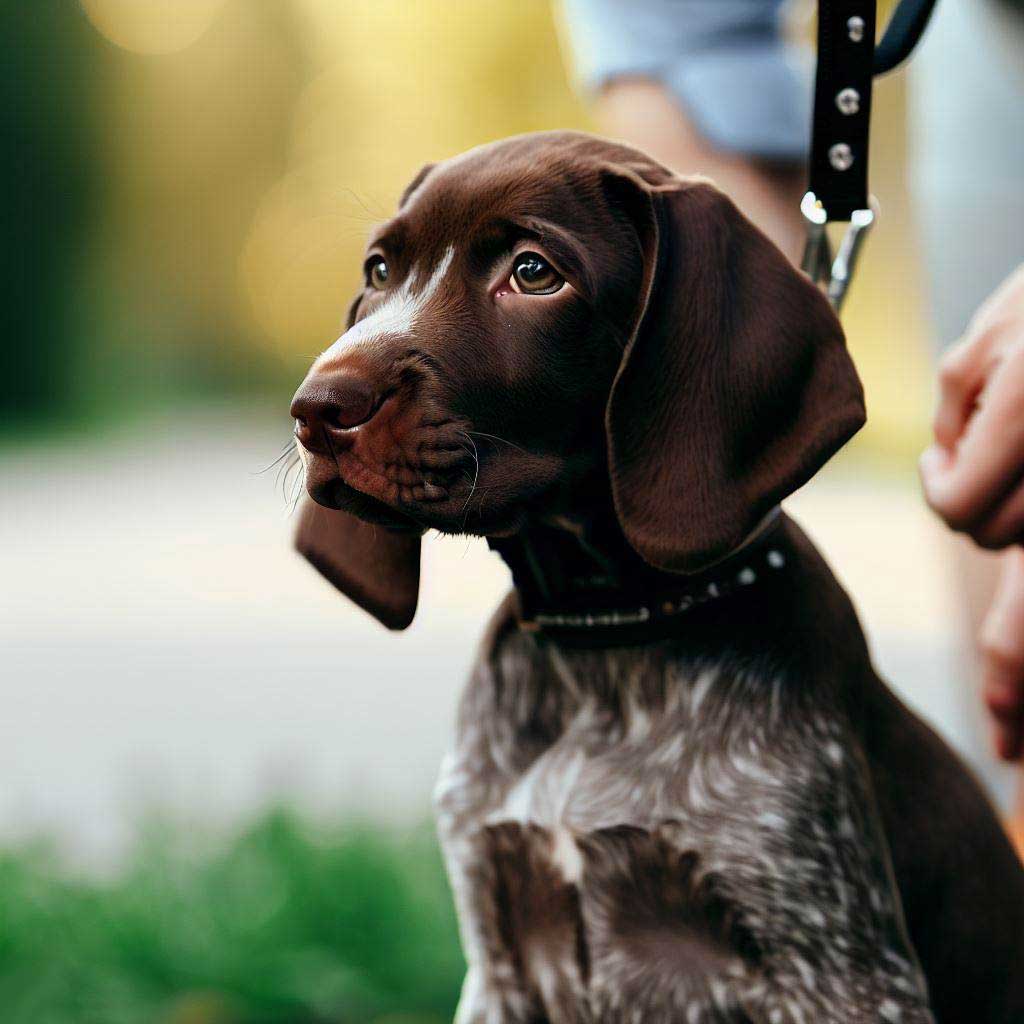
Tools You'll Need
Alright, now that we’ve discussed when to start, let’s get you geared up. Imagine trying to build a house with just a hammer; it’s not going to go well. In the same vein, knowing how to train a puppy is only half the battle—you need the right tools.
Clickers
Clickers are your Swiss Army knife for dog training. A simple “click” instantly communicates a job well done, right at the moment the desired behavior occurs. It’s a crystal-clear way to say, “Yes, you did it!” But here’s something to ponder: not all clickers are created equal. Some are softer, others are more robust in sound. Find the one that grabs your puppy’s attention without startling them.
Leashes
Leashes aren’t just for walks; they’re a control mechanism. A short leash aids in close work like “sit” or “stay,” while a long leash is essential for “come” and “fetch.” Think of the leash as a physical extension of your command. However, choose wisely. A leash that’s too heavy will weigh down a small puppy; too light, and an energetic dog might snap it.
Treats
You’re essentially asking your puppy to learn to solve puzzles. Make it worth their while. Treats a.k.a food, should be small—tiny enough to consume quickly but delicious enough to make an impression. What’s the secret? Rotating the types of treats keeps your dog engaged whilst learning. You wouldn’t want to eat the same snack every day, would you?
Toys
Toys serve as rewards, yes, but they’re also essential for mental stimulation. Think beyond the classic chewy toy. Puzzle toys that dispense treats can make a training session feel like a game. And who wouldn’t want to play a game that’s both fun and educational?
Training Pads
Last but not least, training pads. Essential for housebreaking, these are your best friend in the early days. Put them near the door you’ll use for outdoor bathroom breaks. With time, you’ll phase them out, but initially, they’re the unsung heroes of your clean floors and good dog health care and hygiene.
Now that you’re armed with the essentials, you’re not just training—you’re sculpting behavior, one click, one treat, one toy at a time.
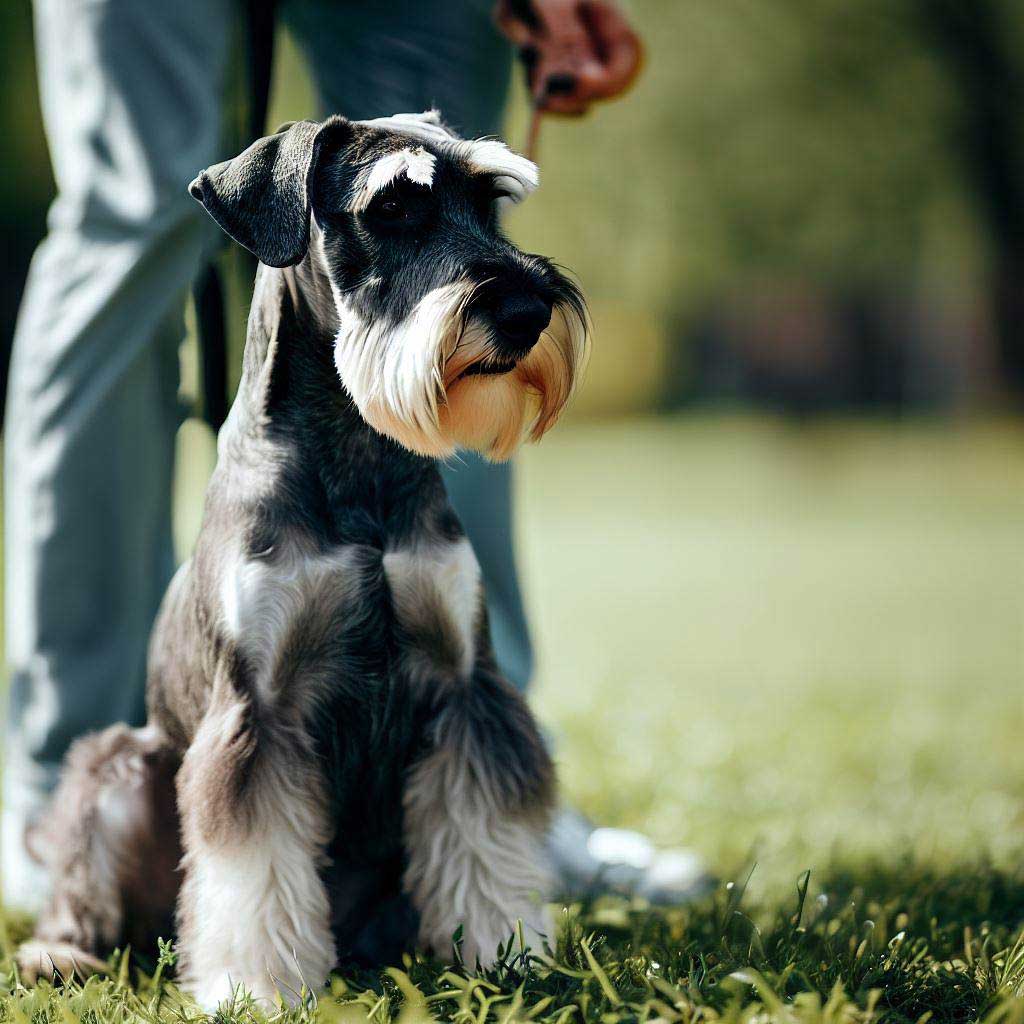
Core Commands to Teach
Ah, the core commands. These aren’t just tricks; they’re the foundation of a well-behaved, safe, and socially adept pup. Think of these as the ABCs of how to train a puppy. You wouldn’t write a novel without knowing the alphabet, right?
Sit
The “Sit” command is your cornerstone. It’s the prerequisite to other advanced commands. Sounds easy, but do you know the nuance? The goal isn’t a quick sit but a sit that lasts until you give another cue. Train this with your clicker and a small treat at eye level—lift it above the puppy’s head and naturally, their bottom should hit the floor. Click, treat, and lavish praise. But, hold on! Make sure the pup stays seated; if not, you’ve rushed the reward.
Stay
“Stay” is your safety net in dangerous situations—like if a car is coming or you need to open a door. Start with your puppy in a ‘Sit’ position. Open your palm towards their face and back away, saying “Stay.” Initially, reward them for even a second of staying put. Gradually increase the time and distance.
Come
Ironically, “Come” is the one you want your dog to know, but hope you never have to use under duress. Begin with a long leash in a controlled environment. Crouch down to their level and call them with a jovial “Come!” When they do, it’s party time—click, treat, and play.
Heel
You might wonder, why “Heel” when walks seem fine? Simple. A dog that knows how to ‘Heel’ isn’t just walking; it’s walking in sync with you. No pulling, no darting. It’s harmony in motion. Practice this command in an area with few distractions.
Drop It
Last but crucial, “Drop it.” What if your puppy picks up something hazardous? You need the immediate response that this command provides. Teach it by offering a toy and then a treat in exchange. Say “Drop it” as the puppy releases the toy for the treat.
In summary, these commands aren’t a suggestion; they’re essential to your daily life and your dog’s well-being.
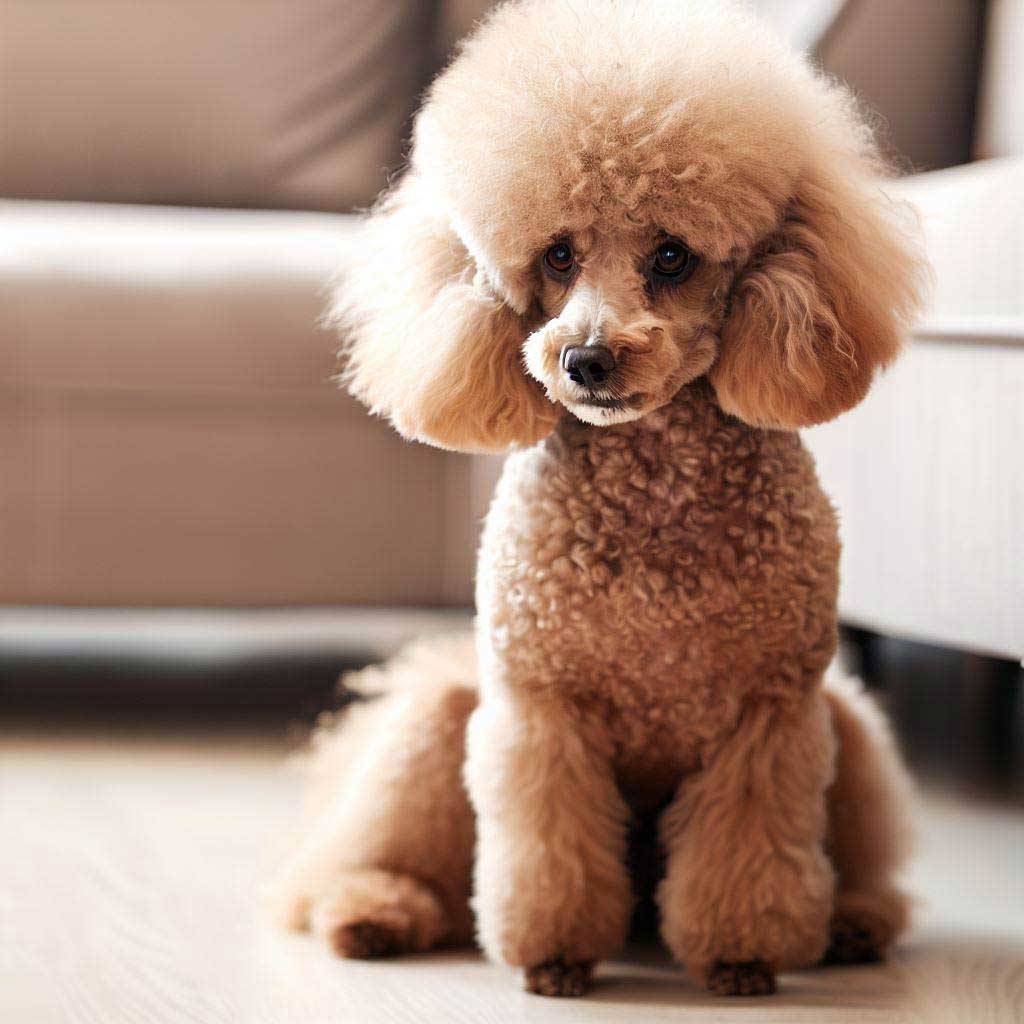
The 10 Most Effective Tips and Tricks
In the field of dog training, some tactics are timeless, while others are revolutionary. Either way, the goal remains the same: building a solid, obedient, and happy relationship with your canine companion. Let’s get into the nitty-gritty of how to train a puppy with the 10 most effective tips and tricks.
1. Positive Reinforcement
Ever wonder why dogs will do backflips for a morsel of chicken but ignore you when you’re yelling? Positive reinforcement, folks. Reward good behavior with treats or toys, and you’ll see it multiply.
2. Consistency is Key
Inconsistent commands confuse your dog. If “Sit” means sit today and “Sit Down” tomorrow, your pup’s left scratching their head. Be clear, be consistent.
3. Short and Frequent Training Sessions
You wouldn’t want to sit through a 3-hour lecture, would you? Neither does your pup. Keep sessions short—5 to 10 minutes—but frequent.
4. Use Hand Signals Along with Verbal Commands
Dogs are visual creatures. A well-timed hand gesture can be as effective as a verbal cue. You say “Stay,” but your open palm amplifies that message tenfold.
5. Timing Matters
You’ve got a nanosecond to reward Fido after he’s obeyed a command. Miss that window, and the connection is lost. So be swift with that clicker or treat.
6. Socialize Early
Expose your puppy to different people, sights, and sounds early on. A well-socialized pup is less prone to anxiety and aggression. It’s a win-win for everyone.
7. Exercise Before Training
Imagine trying to focus with pent-up energy. Difficult, right? A good run or play session before training can work wonders for your pup’s focus.
8. Avoid Punishments
Discipline doesn’t equate to learning. Scolding or physical punishments can lead to a scared or aggressive dog. Not the outcome you’re shooting for.
9. Train in Different Environments
A sit at home should also mean a sit at the park. Vary your training locations to ensure your puppy listens everywhere.
10. Gradual Complexity
Don’t jump from “Sit” to “Retrieve the newspaper” in one leap. Break it down. Start with simple commands, then add layers of complexity over time.
And there you have it. Implement these tips, and you’ll see noticeable changes.
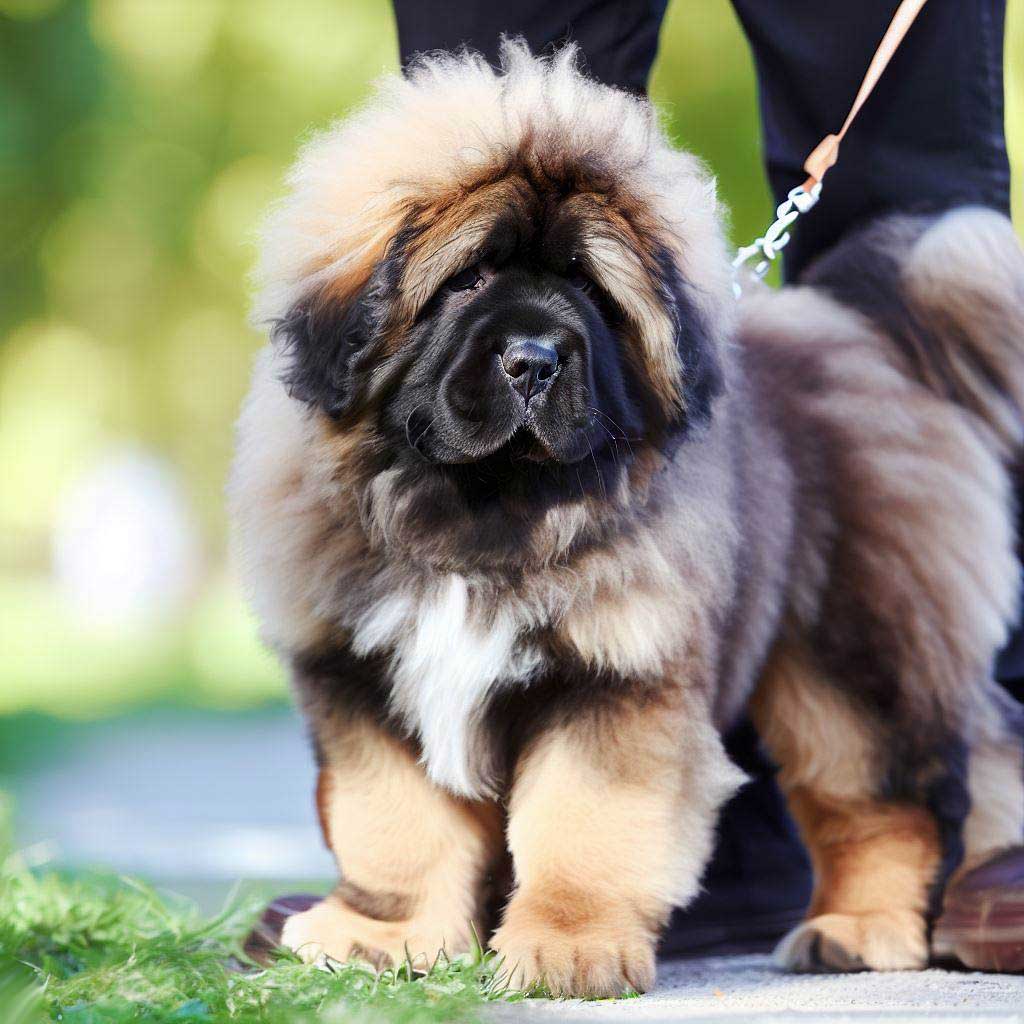
Leash Training Your Puppy
If you think leash training is just another checkmark on your puppy parenting to-do list, think again. It’s a cornerstone of obedience and safety. A leash isn’t just a tether; it’s a line of communication.
Importance of Leash Training
Imagine walking your dog amidst cars, people, and other dogs. Now, add a squirrel darting across the road. Scary? Leash training ensures your puppy doesn’t bolt, pull, or act unpredictably. It guarantees control in unpredicted scenarios and ensures a safer, more enjoyable experience.
Steps to Introduce a Leash to a Puppy
First, let your pup sniff and interact with the leash. No pressure. Just curiosity. Now, lightly attach it to their collar. Let them drag it around indoors, under supervision. It acclimatizes them to the sensation. Next, hold the leash but don’t pull. Once comfortable, take baby steps. Literally. Start in a distraction-free zone and gradually introduce more complex environments. It’s all about pacing, not racing when you’re figuring out how to train a puppy with a leash.
Common Mistakes and How to Avoid Them
Look, everyone messes up. Common mistakes? Using a retractable leash. Bad idea! It offers less control. Another blunder is allowing your pup to lead. This fosters a sense of dominance. To avoid these pitfalls, invest in a sturdy, fixed-length leash and keep your dog beside or behind you. If they pull, stop. They’ll get the message—forward motion is a privilege, not a right. One last tip: never jerk the leash. It can cause injury and distrust.
Incorporate these elements into your training, and you’ll dodge the chaos that can come from improper leash habits.
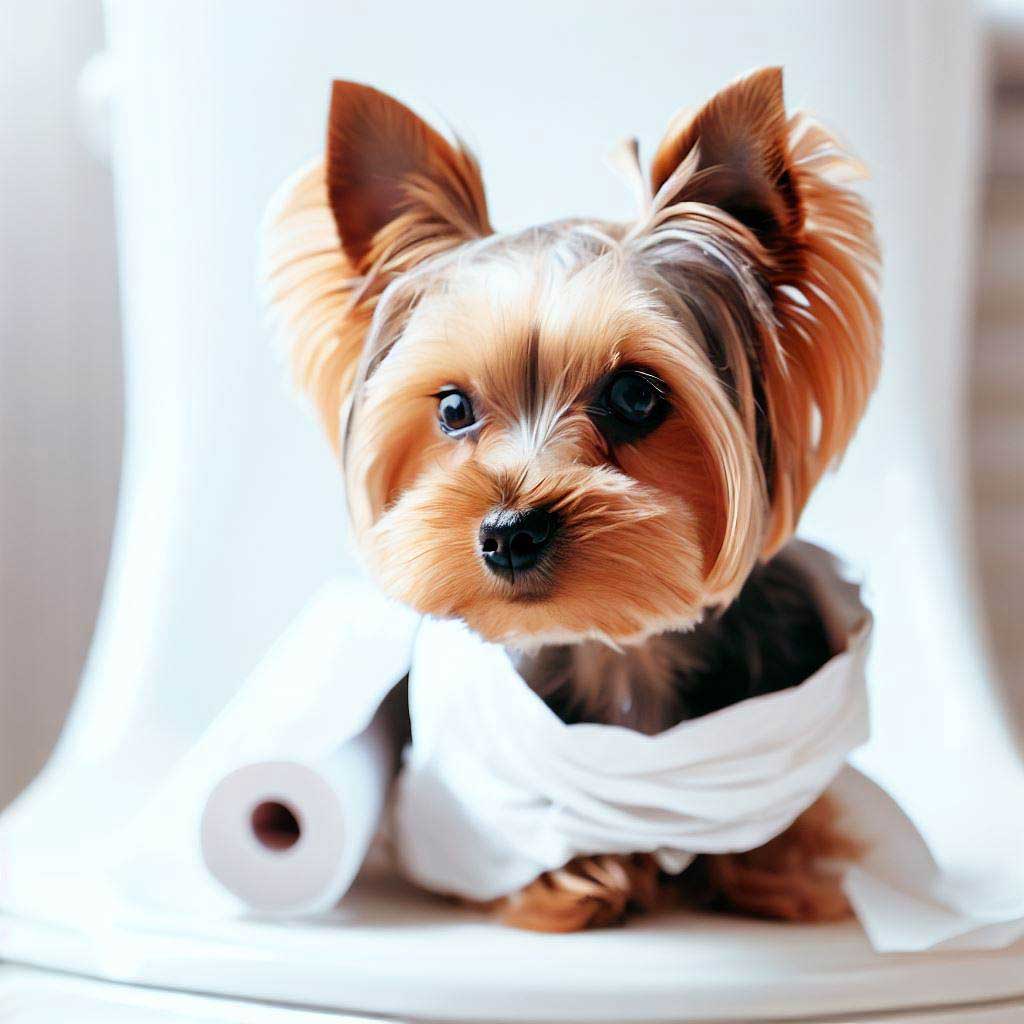
Housebreaking Your Puppy
Listen up: housebreaking is not just for your convenience; it’s a critical component in establishing boundaries and trust between you and your new pup. Fail this, and you’re setting yourself up for long-term stress.
Methods for Successful Potty Training
The clock is your best friend. Feed your puppy at consistent times, and take them outside immediately after meals. Use a designated spot for them to do their business. When they succeed, lavish them with praise or treats. Consider crate training, too. Dogs don’t like soiling their sleeping area, which can expedite the learning process. Timing is everything, especially when you’re trying to understand how to train a puppy effectively.
Signs Your Puppy Needs to Go
Watch for cues. Circling, sniffing, whining—your pup is screaming, “I gotta go!” When you spot these signs, leap into action. The sooner you understand this canine body language, the fewer accidents you’ll have to mop up. Also, bear in mind that younger pups might need to go out as frequently as every 30 minutes. So, keep your eyes peeled.
Common Pitfalls and How to Overcome Them
Now, let’s address the landmines. First up, inconsistency. You can’t expect results if you’re all over the map. Stick to a schedule. Second, scolding after the fact is futile and damaging. If you don’t catch them in the act, let it slide. Furthermore, avoid using puppy pads unless absolutely necessary. They can confuse the dog, sending mixed signals about going indoors. Instead, focus on outdoor training right from the start.
As you navigate this process, adaptability is your ace. Not every method works for every pup, but a dash of patience and a dollop of consistency go a long way. And if you really get stuck, he have a great article addressing this called How to Potty Train a Stubborn Puppy, with loads of tips and tricks to help you.
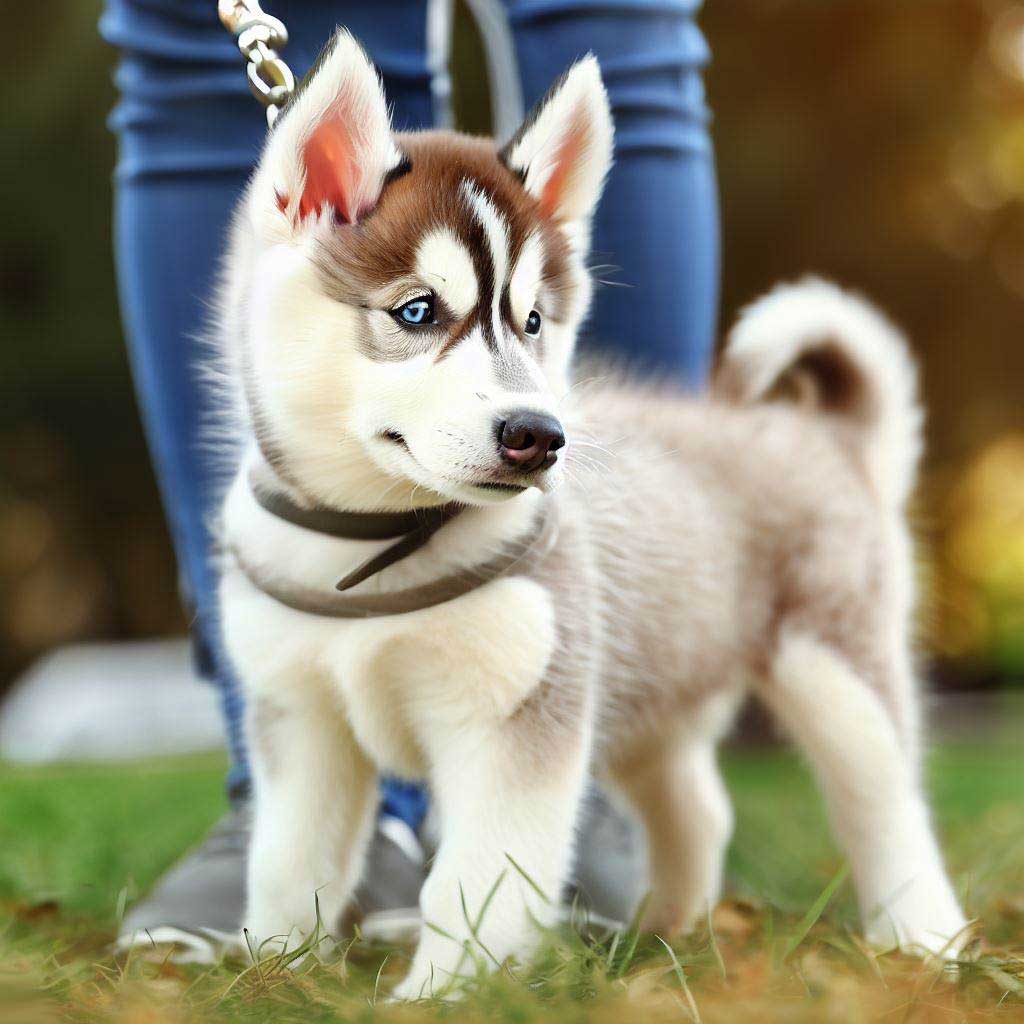
Puppy Socialization
Socialization is the unsung hero of dog healthy living and well-being. Believe it or not, it’s as critical as vaccines and quality kibble. Lack it, and you’ll court behavioral issues, fearfulness, even aggression.
Importance of Puppy Socialization
Listen, we’re not just talking about your puppy being good with other dogs. We’re talking exposure to different sights, sounds, and yes, even smells. Ever wonder how to train a puppy to be adaptable? This is it. Socialization lays the foundation for a well-rounded dog, fortifying your pup’s mental and emotional toolkit. Cut corners, and you risk turning your pup into a social misfit.
Proper Ways to Introduce Your Puppy to New Experiences and Other Animals
Ready to get started? Fantastic. Kick off with controlled environments. Puppy classes are a goldmine. They let your pup interact with other dogs and humans under the watchful eye of a trained instructor. If a park is more your speed, go for it, but be vigilant. Monitor body language, yours and the animals’.
For new experiences, choose low-stakes settings first. A quiet street, for instance, rather than a bustling market. Likewise, start introductions with calm, well-behaved animals before moving onto the more excitable types. It’s all about baby steps, really. Also, arm yourself with treats and your clicker. Positive reinforcement makes the experience memorable, in a good way.
No, it’s not a one-and-done deal. It’s an ongoing effort, demanding consistent reinforcement and gradual exposure. Each new encounter is a layer in your pup’s socialization lasagna. The more nuanced, the better.
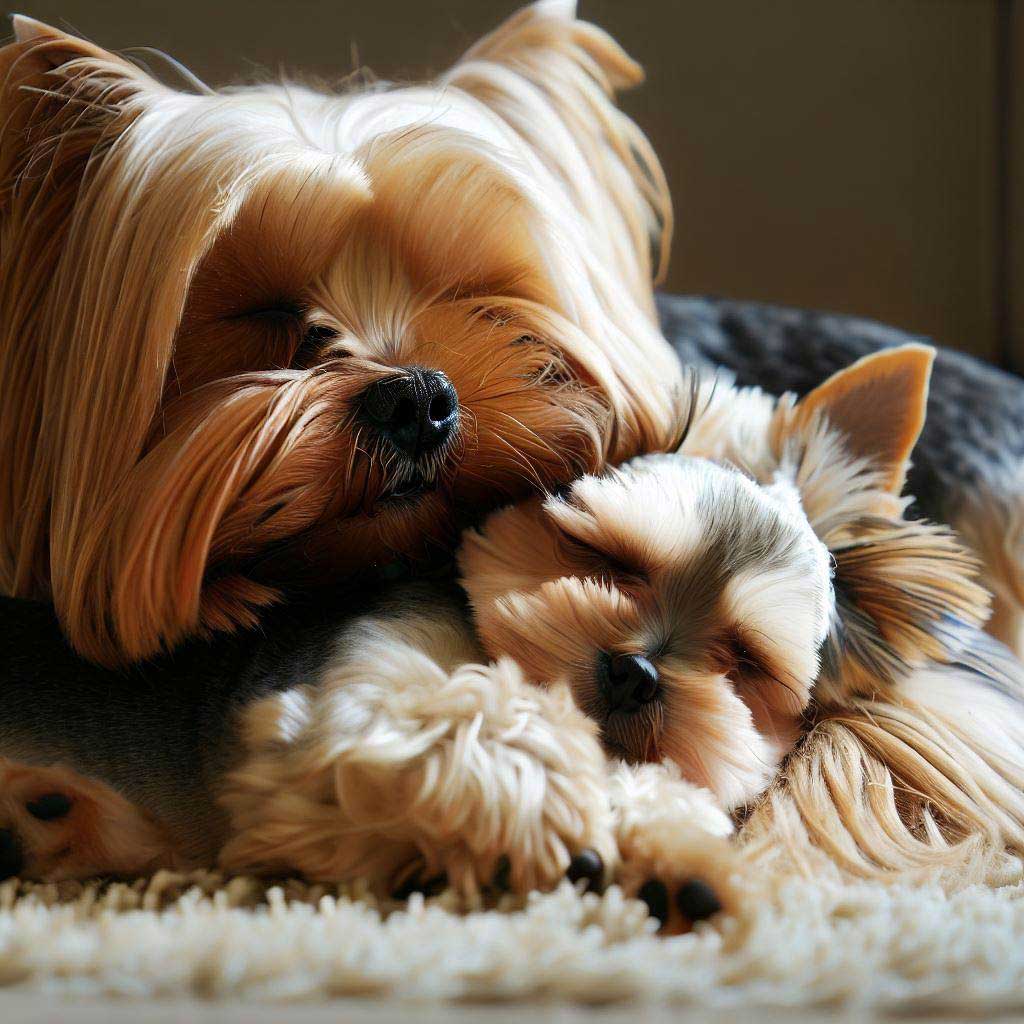
Puppy Training and Behavioral Issues
Behavioral issues in puppies? More common than you think. Don’t panic; it’s part of the learning curve, both for you and your new furball.
Addressing Common Behavioral Issues like Biting, Barking, and Chewing
Let’s kick things off with biting. We’re not talking about aggression but rather a pup who’s yet to understand bite inhibition. Got a nippy little beast? Swap out your hand for a chew toy. Yep, redirection’s the key.
On to barking. Is your puppy the neighborhood siren? First, identify the cause. Is it boredom, attention-seeking, or perhaps a warning? The answer dictates your strategy. Counter boredom with physical and mental exercise. If it’s attention-seeking, consider this: in the world of how to train a puppy, ignoring is a legitimate technique. Just make sure to reward the silence.
Chewing on your favorite shoe? Remember, to a pup, everything’s a chew toy until proven otherwise. Protect your belongings by introducing acceptable alternatives. Chew toys or teething sticks do wonders.
Proven Techniques for Correction
Time for some hard truth: Aversive techniques? Outdated. Instead, lean into clicker training and positive reinforcement. Immediate feedback will help your pup connect the dots faster. Also, try the “timeout” technique. It’s not just for toddlers; it gives your pup a moment to pause and reflect.
And, listen up! Consistency. Can’t stress this enough. Consistency shapes behavior more effectively than any correction gadget on the market. All family members must get on the same training page. Otherwise, you’re just confusing the pup.

If You Need Help With Puppy Training
When the going gets tough, even the most enthusiastic dog owners may need a helping hand. You’re navigating the labyrinthine world of how to train a puppy, after all. Don’t sweat it; help is available. Let’s explore your options.
Using a Certified Dog Trainer or Joining an Online Class or Program
Hit a roadblock? Consider hiring a certified dog trainer. They’ve got the know-how to troubleshoot issues in real-time, customizing tactics to suit your dog’s unique personality. It’s like having a personal coach for your fur-baby.
Alternatively, look into an online class or program. Virtual training has evolved, my friend. Today’s platforms offer comprehensive curriculums, interactive forums, and sometimes even live Q&As. Talk about convenience!
Benefits of Seeking Professional Help
With a certified trainer, you gain a second set of eyes—trained ones. They’ll catch subtleties you might overlook, optimizing your training regimen with precision. Expect quicker, more effective results. That’s an undeniable advantage.
Benefits of Joining Online Dog Training
In case you’re wondering, online dog training packs its own set of perks. Flexibility tops the list. Train at 3 am if that’s what works for you! Still unsure? Check out our article, “Best Online Dog Training Courses: Any Dog Will Love,” where we meticulously evaluated 15 options and handpicked the top 3 for you. An educated choice is always the best one, wouldn’t you agree?
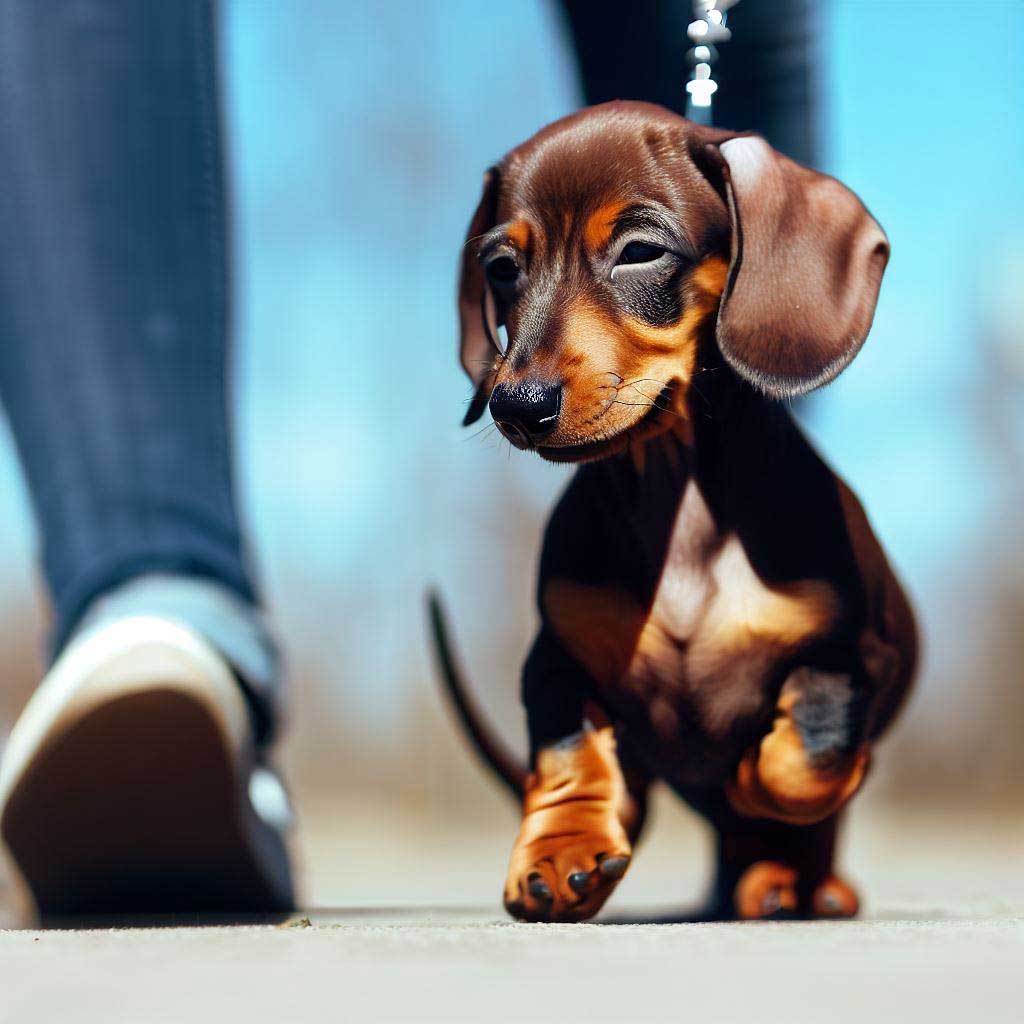
Conclusion: How to Train a Puppy
Hold your horses! Before you sprint off, let’s circle back to what we’ve unearthed. Training your pup isn’t a sprint; it’s a marathon with hurdles. A daunting one, yes, but oh-so rewarding. You’ve soaked up insights on leash training, housebreaking, and the mighty realm of socialization. We’ve dissected behavioral issues, pondered professional help, and even tiptoed into the digital frontier of online classes.
So, what’s the golden thread stitching these pieces together?
- Two words: persistent, consistent training.
Think of it as the secret sauce in your how to train a puppy endeavor. Consistency breeds familiarity; familiarity breeds confidence; and a confident dog is a trainable one. If you’ve hit a wall, reassess. Maybe you need to double down on methods, or perhaps, seek professional eyes to scrutinize your approach. Even seasoned pros encounter hurdles; the key is how you leap over them.
Each facet we’ve discussed holds weight, sure, but never forget: the real gem is your ongoing commitment. Wavering today? Push through. Tomorrow, your puppy—no, your finely-tuned canine companion—will thank you. Alright, off you go, back into the fray of dog training. Your pup awaits!

FAQ Section: How to Train a Puppy
At what age should I start training my puppy?
Start early! Six to eight weeks is ideal for imprinting basic obedience commands. But, let’s clarify one thing—training starts the moment your puppy steps into your home. Even simple interactions shape behavior.
How long should each training session last?
Attention spans? Puppies have them, but they’re short. Think 5-10 minutes per session. Yet, consistency matters, so multiple short bursts daily work better than marathon sessions.
Can I train my puppy without treats?
Certainly, although treats are fantastic motivators. But if you’re wondering how to train a puppy without ‘edible gold,’ use toys or affection as rewards. The goal? Make the puppy associate good behavior with positive reinforcement.
What do I do if my puppy is not responding to training?
Hold on, don’t press the panic button. Evaluate first. Are your commands clear? Is your timing off? Sometimes, it’s a health issue, other times it’s the method. When in doubt, consult a pro.
Is it too late to train an older puppy?
Too late? Never! However, understand that unlearning is harder than learning. Tackling behavioral issues in older puppies may take longer, but it’s far from impossible.
How do I correct unwanted behaviors like chewing or digging?
Ah, the age-old conundrum. Identify the ‘why’ before the ‘how.’ Is it boredom? Anxiety? Offer alternatives like chew toys or more playtime. Negative behaviors often fade when a suitable outlet replaces them. Moreover, a firm “No” at the moment of mischief sets boundaries.
How often should I train my puppy each day?
Daily training is key. However, “training” doesn’t always mean structured sessions. Daily activities and interactions serve as informal lessons. Still, aim for 2-3 formal mini sessions daily.
Can multiple people train the puppy?
Yes, but proceed with caution. Multiple trainers can be an asset, as long as consistency is maintained. Otherwise, you risk confusing the pup.
How long will it take to fully train my puppy?
A million-dollar question! It varies. Basic commands may take weeks; complete obedience could require months. Yet, it’s an ongoing process, always evolving.
Are certain breeds easier to train than others?
Indeed, breed matters. Labs and Poodles often outshine in obedience. However, it’s not an ironclad rule. Even a stubborn breed can become trainable with the right approach. It’s not so much about the breed, but more about understanding the unique characteristics that your specific puppy brings to the training table.
Best puppy training treats?
High-value treats work best for training. Go for small, easy-to-swallow options like freeze-dried liver or chicken. Always opt for treats that are low in fat and calories.
How to train a puppy to pee outside
Start by taking your puppy out frequently. Time these outings post-meal, after waking up, and before bedtime. Use a cue like “Go pee” and praise them lavishly when they do. Gradually extend the time between outings as they get older.
How to train a puppy not to bite
Teaching bite inhibition is crucial. Whenever your puppy bites, give a high-pitched “Ouch!” and stop playing. This mimics how littermates would react, teaching your pup that biting leads to no fun.
How to train a puppy at home
Establish a routine, including feeding times, walks, and potty breaks. Use positive reinforcement, rewarding good behavior with treats and praise.
How to train a puppy for toilet
Similar to training them to pee outside, consistency is key. Designate a specific “bathroom spot,” and always take them there. Use a cue like “Go potty” and reward them for compliance.
Puppy training schedule by age
At 8-10 weeks, focus on basic commands like “Sit,” “Stay,” and potty training. By 10-12 weeks, introduce leash training and socialization. From 12-16 weeks, you can incorporate more complex commands and begin crate training. Adapt and extend as your pup grows.
How to train a puppy to sit
Use a treat to lure your puppy into a sitting position while saying “Sit.” The moment the butt hits the floor, reward and praise.
How to train a puppy in 7 days
Seven days is tight, but not impossible. Target basic obedience: “Sit,” “Stay,” and leash walking. Consistency and positive reinforcement are crucial.
How to train a puppy to sit and stay
Once “Sit” is mastered, add the “Stay” command. Say “Stay,” take a step back, and then return to reward the puppy. Gradually increase distance and duration.
What are the 7 commands to teach a puppy?
Sit, Stay, Come, Heel, Down, Off, and Leave It. These commands form the foundation for future training.
What is the best method to train a puppy?
Positive reinforcement works best. Reward good behavior immediately, thus reinforcing the behavior you want to see.
How do you train a puppy for beginners?
Start with basic commands and positive reinforcement. Don’t expect overnight success. Patience and consistency are your best allies.
What is the best age to train a puppy?
Optimal learning occurs between 8 and 12 weeks, but it’s never too late to train.
What should be the first thing you teach a puppy?
Name recognition and the command “Sit” should be your first goals.
How old should a puppy be to start training?
You can start as early as 8 weeks old.
How do I teach my puppy no?
Use a firm but calm voice to say “No,” followed by redirecting them to the correct behavior. Reward when they comply.
How do I train my dog to come when called every time?
Use a consistent cue, like “Come,” combined with high-value treats and praise. Start in a controlled environment and gradually increase distractions.
What is the hardest thing to teach a puppy?
Recall under distractions can be challenging. Consistency and high-value rewards are key.
Should I ignore puppy crying at night?
Initially, check for any discomfort or needs. If all is well, ignoring will teach them that crying doesn’t get attention.
Where should a puppy sleep the first night?
A crate near your bed is ideal for comfort and ease of night-time potty trips.
How long can a puppy be left alone during the day?
2 hours per month of age is a good rule. So, an 8-week-old can be left for about 2 hours.
What are the most important things to train a puppy?
Basic obedience, socialization, and bite inhibition should top your list.
How do I get my puppy to stop biting?
Use toys to redirect biting behavior and employ time-outs if needed.
My puppies made a soiled area, how do I stop them going back into it?
Clean the soiled area thoroughly using enzymatic cleaners to eliminate the scent.
What’s a healthy weight for puppies when training?
Consult your vet for breed-specific guidelines for a healthy weight, but ensure your pup is agile and not overweight.
Is the puppy training process different for different breeds?
Yes, some breeds require specialized training methods due to their specific behavioral traits.
Should I create a bathroom spot for my puppies?
Absolutely. Consistency in location aids like a bathroom spot makes for faster potty training.
Can I teach puppies myself?
Yes, with commitment and the right techniques, you can train and teach a puppy effectively at home.
Is house training hard for puppies?
With consistency and positive reinforcement, house training can be relatively straightforward. Teach them right from puppy stage, and you’ll reap the rewards for years to come.
